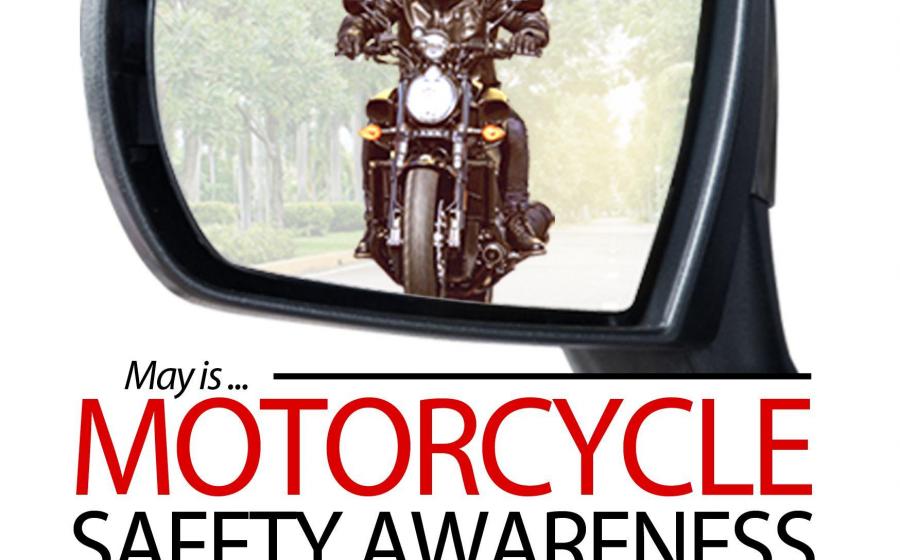Marine Toys for Tots Brings Joy to Children in Foster Care
(NewsUSA) - May is National Foster Care Month, and the Marine Toys for Tots Program continues to expand its support beyond the holiday season to deliver emotional comfort and gifts to children living in Foster Care.
- May is National Foster Care Month, and the Marine Toys for Tots Program continues to expand its support beyond the holiday season to deliver emotional comfort and gifts to children living in Foster Care.
Children living within Foster Care face tremendous uncertainty, often lacking a permanent, nurturing family to love and guide them in their formative years.
Toys for Tots’ initiative, Champions for Those in Foster Care, provides toys, books, and other gifts to foster children with the assistance of local organizations across the country. “These children often leave their homes with only a small plastic bag of their belongings. Marine Toys for Tots wants to give Foster Care children not only something tangible to take with them as they move, but also some tools and hope for a brighter tomorrow,” says LtGen Jim Laster, CEO of the Marine Toys for Tots Foundation.
These children are placed temporarily in group homes, residential care facilities, emergency shelters, and supervised independent living homes. Toys for Tots provides resources that help these children during extremely stressful and trying times with the goal of reducing their anxiety and making a positive impact in their lives.
In 2022, the Program joined forces with Houston County, Georgia, Toys for Tots Coordinator, Wendy Chadwell, to distribute bookbags filled with toys, books, and school supplies to foster children in the local area. This initiative was the kickoff of Toys for Tots’ newly established Foster Care initiative that would support children living in Foster Care year-round.
Wendy has a strong connection with the Foster Care system—she serves as the Child Protective Services (CPS) Administrator for the Houston County Department of Family and Children Services (DFCS) year-round. Wendy’s DFCS connections along with her volunteer work as the local Coordinator gave her a strong platform to host the first Foster Care distribution event. She and volunteers in Houston County packed over 400 backpacks and distributed them to local District Foster Care Coordinators that represented eleven surrounding counties and directly provided the backpacks to the children in the local Foster Care Program. “[I was honored] to take on this type of responsibility and tackle this endeavor. The counties have been very appreciative, and the foster parents have been even more appreciative, as well as the kids,” Ms. Chadwell recalls.
This initiative highlights how Marine Toys for Tots is a year-round force for good, positively impacting children beyond the holiday season. In 2022, the Foster Care initiative supported over 447,000 children in the Foster Care system.
In 2023, Toys for Tots will provide toys and books to children living in Foster Care throughout local communities across the Nation – to include Buena Park, CA (assisting approximately 400 children); Quincy, IL (assisting approximately 400 children); Mt. Laurel, NJ (assisting approximately 200 children); and Tucson, AZ (assisting approximately 2,100 children) – as part of the organization’s year-round support to children in need.
These events are part of Toys for Tots’ commitment to empowering children in Foster Care and supporting their foster families throughout the year to renew their hope for a brighter future.
Visit toysfortots.org to donate today and become a force for good for children living in Foster Care!


 - California avocado season is officially here, with fresh delicious fruit available now through summer. From smoothies and salads to dips and desserts, everyone’s favorite California avocados are packed with flavor and nutrients, a versatile must-have ingredient for your springtime meals.
- California avocado season is officially here, with fresh delicious fruit available now through summer. From smoothies and salads to dips and desserts, everyone’s favorite California avocados are packed with flavor and nutrients, a versatile must-have ingredient for your springtime meals.
 - Homeowners are facing the latest post-COVID reality resulting from the confluence of two mounting trends that together threaten to financially and physically “put the squeeze” on families in increasingly crowded households nationwide.
- Homeowners are facing the latest post-COVID reality resulting from the confluence of two mounting trends that together threaten to financially and physically “put the squeeze” on families in increasingly crowded households nationwide.
 - With the onset of spring and summer weather, peak motorcycle riding season is underway across the United States. May is Motorcycle Safety Awareness Month, and the Motorcycle Safety Foundation (MSF) is promoting the “Expect Us, See Us,” slogan to alert motorists to the increased presence of motorcycles.
- With the onset of spring and summer weather, peak motorcycle riding season is underway across the United States. May is Motorcycle Safety Awareness Month, and the Motorcycle Safety Foundation (MSF) is promoting the “Expect Us, See Us,” slogan to alert motorists to the increased presence of motorcycles. -
-  Wildflowers Never Die by Randall Howlett and Deb Turnbull DeVries
Wildflowers Never Die by Randall Howlett and Deb Turnbull DeVries No Stone Unturned by Nadean Stone
No Stone Unturned by Nadean Stone The Walls of Lucca by Steve Physioc
The Walls of Lucca by Steve Physioc Innocence Denied: A Holocaust Childhood by Johannes Krane
Innocence Denied: A Holocaust Childhood by Johannes Krane
 - By the time you read this article, three people will have had a stroke and one will die. Stroke is the leading cause of serious long-term disability in the United States, impacting nearly 800,000 people each year, with a quarter experiencing another stroke within five years. Despite the prevalence of stroke, 80% are preventable with a combination of medication and healthy habits.
- By the time you read this article, three people will have had a stroke and one will die. Stroke is the leading cause of serious long-term disability in the United States, impacting nearly 800,000 people each year, with a quarter experiencing another stroke within five years. Despite the prevalence of stroke, 80% are preventable with a combination of medication and healthy habits.

